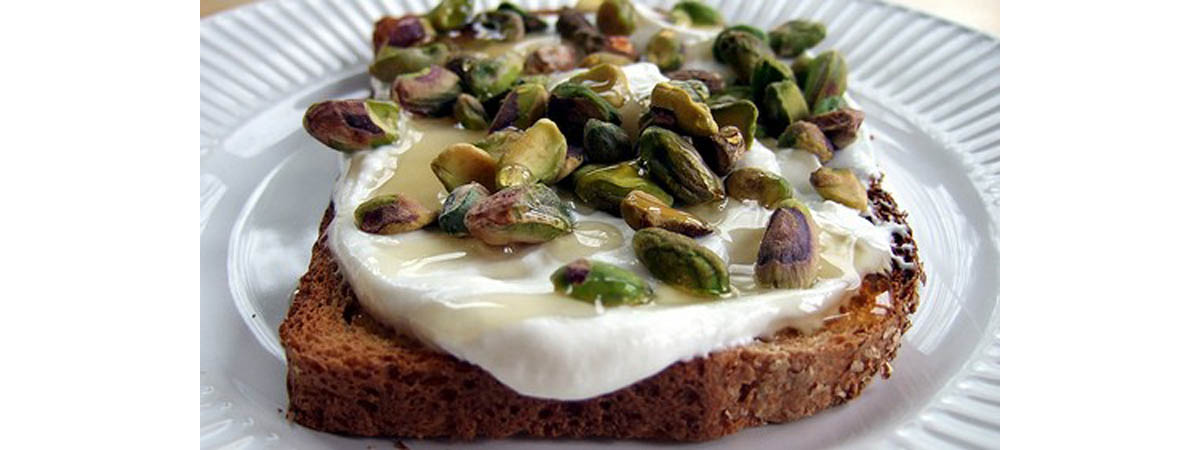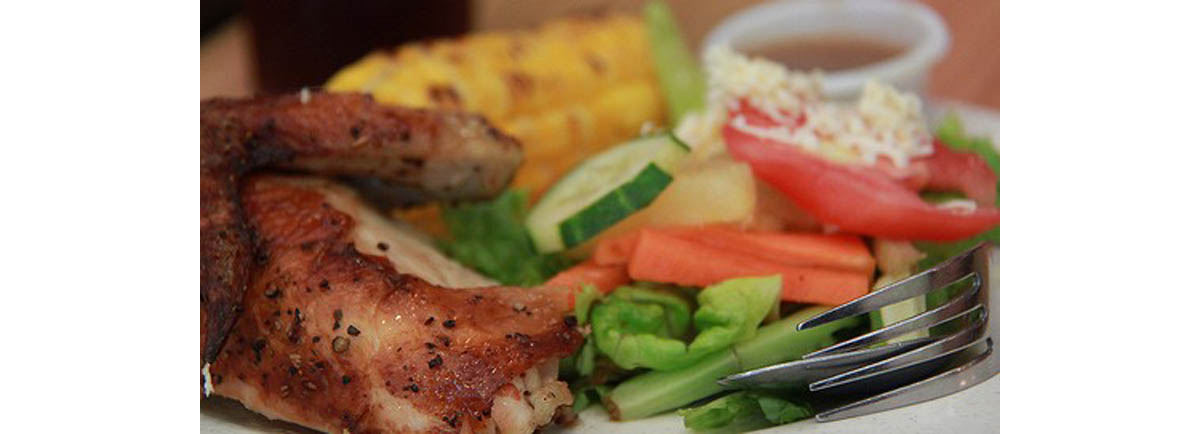Could eating a fiber-rich apple a day keep the neurologist away, reducing your risk of stroke? That's the finding of eight epidemiologists at a research center in Great Britain who used a statistical tool called meta-analysis to consolidate the findings of eight clinical trials conducted in the UK, USA, and Australia between 1990 and 2012.

The researchers found general agreement among studies that eating just 4 grams of fiber every day offers significant protection against first stroke, and that the benefits of fiber for stroke prevention "kick in" at about 7 grams per day.
The British researchers, however, were reviewing the literature to find the minimum amount of fiber needed in a healthy diet for just one aspect of cardiovascular protection. Other studies have found that the maximum amount of fiber that confers additional disease protection is probably about 20 grams a day, the equivalent of 3 or 4 servings of high-fiber foods. (There's no reason not to eat more if you want to eat more, however.) This protects against many more diseases than just stroke.
- Choosing foods higher in fiber and lower on the glycemic index offers clear benefits for the prevention of type 2 diabetes in people who are obese or overweight, although the associations between glycemic index and diabetes prevention and fiber consumption and diabetes prevention are not clear in studies of normal-weight individuals.
- Researchers at the University of Tromsø in Norway have found a 23% reduction in the risk of heart disease in people who consume "fruits, vegetables, fish, and polyunsaturated fat" as a pattern of healthy eating.
- A specific kind of fiber known as beta-glucan lowers blood pressure and mitigates insulin resistance, the underlying metabolic problem in type 2 diabetes, high cholesterol, high triglycerides, hypertension, and diabetes.
- A number of studies suggest that including the kinds of fiber on which probiotic bacteria can feed into the diet helps prevent asthma, eczema, allergies, and ear infections in children.
- Insoluble fiber, the kind of fiber found in whole grains, is indigestible but absorbs water as it passes through the colon. This adds bulk to the stool and relieves constipation, while indirectly reducing the risk of colon cancer.
- Soluble fiber, the kind of fiber found in fruits and vegetables, has remarkable effects on the immune system. Some kinds of modified citrus pectin have demonstrated benefit in supporting remission from breast cancer and prostate cancer.
- Most kinds of soluble fiber lower cholesterol naturally by binding the cholesterol digested from food so it cannot pass into the bloodstream. Sometimes high-fiber diets lower LDL cholesterol by as much as 25%, although the benefit from adding fiber to the diet to control total cholesterol is usually limited to about 10%.
Eating more fiber usually does not, however, help dieters control their appetites.
Seven Essential Facts About Adding Fiber To Your Diet
The key to success with fiber, however, is not just to "eat more fiber." It's to eat a mixture of foods that provide both soluble and insoluble fiber, while also making sure to maintain probiotic health in the lower digestive tract. Here are 10 important things to remember about how this is done.

1. It's always best to start off slowly when adding fiber to your diet.
When you make a sudden change to a high-fiber diet, the probiotic bacteria in your colon, which actually break down the fiber, have to catch up.
If you don't eat any high-fiber foods at all, start off by eating just a single piece of fruit a day or a single serving of salad a day, while adding a serving of yogurt with live cultures every day or taking a probiotic capsule. Start eating two servings of high-fiber foods every day the second week, three servings a day the third week, and so on, up to about five servings a day.
2. Wheat bran usually isn't the best form of fiber.
Wheat bran contains insoluble fiber. This kind of fiber absorbs water and relieves constipation. However, insoluble fiber also slows down the passage of food through the stomach, aggravating acid reflux and gastroesophageal reflux disease. A small amount of wheat bran cereal a few times a week is usually fine, but eating whole-wheat for breakfast every day aggravates heartburn and acid reflux.
3. Fiber without water won't work for relieving constipation.
Fiber added to the diet eases constipation by absorbing water. If you don't drink the water, the fiber won't do you any good. It isn't necessary to drink so much water that you slosh. Just 8 cups (2 liters) of water per day is enough.
4. Beta-glucan fiber has the greatest effects in lowering cholesterol.
Beta-glucan is the principle component in the fiber in oat bran. This is the kind of fiber that binds cholesterol so it is not absorbed into the hepatic portal vein and then sent to the liver.
5. Increasing your consumption of fiber doesn't have to increase your production of gas.
One of the predictable side effects of adding fiber to the diet is flatulence. It's the combination of fiber and fructose that feeds the bacteria that produce the most gas. This means don't overdo the prunes or the prune juice when you are trying to relieve constipation. Prunes, incidentally, only relieve constipation by combining with water, so if you eat prunes but don't drink enough fluid, they won't make you more regular.
6. Fiber bars don't really help you control your appetite.
Most fiber bars are formulated so that they are tasty, but they aren't filling. They do, however, relieve constipation.
7. If you choose to take a fiber supplement, limit your consumption to 10-12 grams per day.
If eat fiber bars to keep regular, limit consumption to 1 or 2 per day. Consuming more than 12 grams of psyllium or arabinoxylan polysaccharides (a wheat bran extract) can cause bloating that offsets the benefits in relieving constipation.
- Threapleton DE, Greenwood DC, Evans CE, Cleghorn CL, Nykjaer C, Woodhead C, Cade JE, Gale CP, Burley VJ. Dietary Fiber Intake and Risk of First Stroke: A Systematic Review and Meta-Analysis. Stroke. 2013 Mar 28. [Epub ahead of print]
- Zhang Z, Xu G, Liu D, Zhu W, Fan X, Liu X. Dietary fiber consumption and risk of stroke. Eur J Epidemiol. 2013 Feb. 28(2):119-30. doi: 10.1007/s10654-013-9783-1. Epub 2013 Feb 21. PMID: 23430035.
- High-Fiber Diet May Lower Stroke Risk By Almost 10%


Your thoughts on this